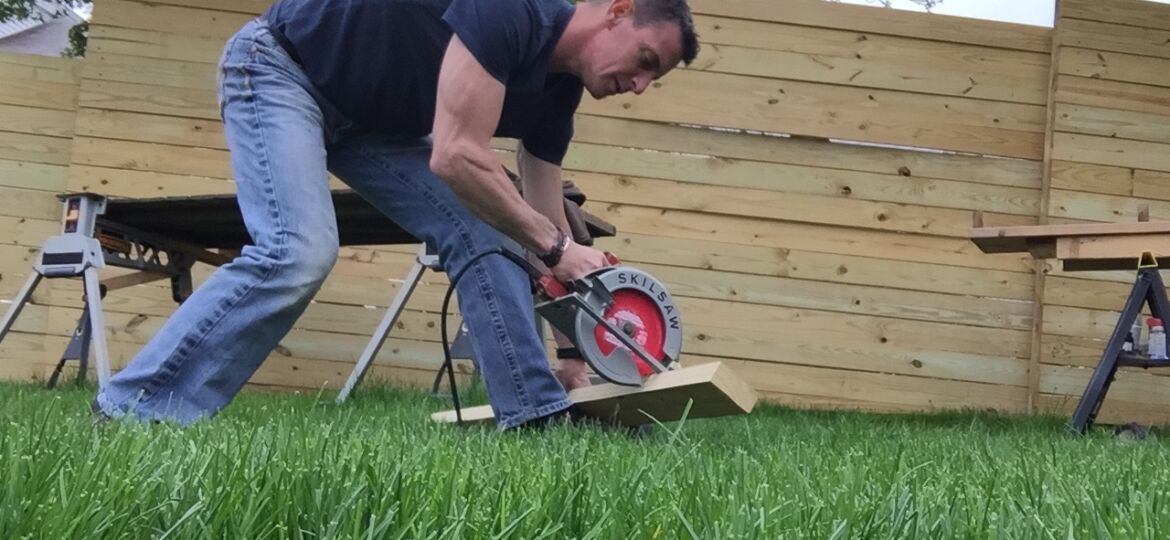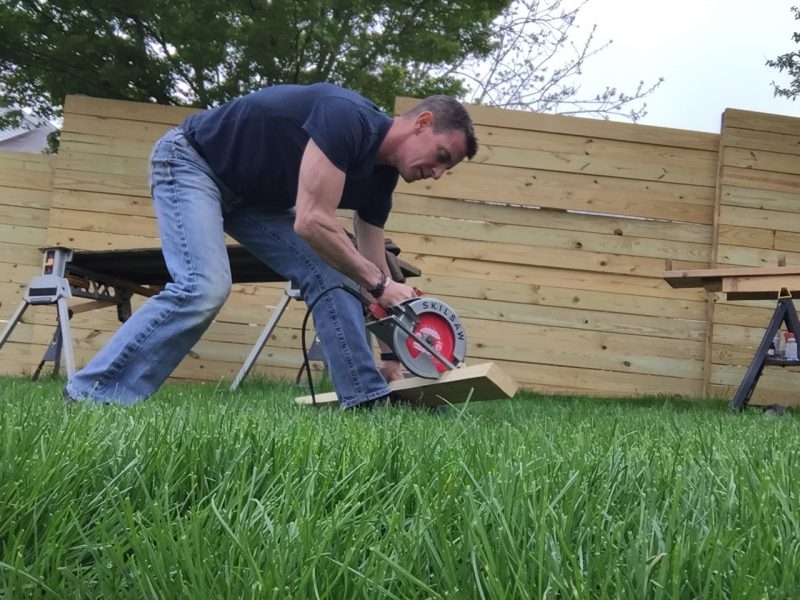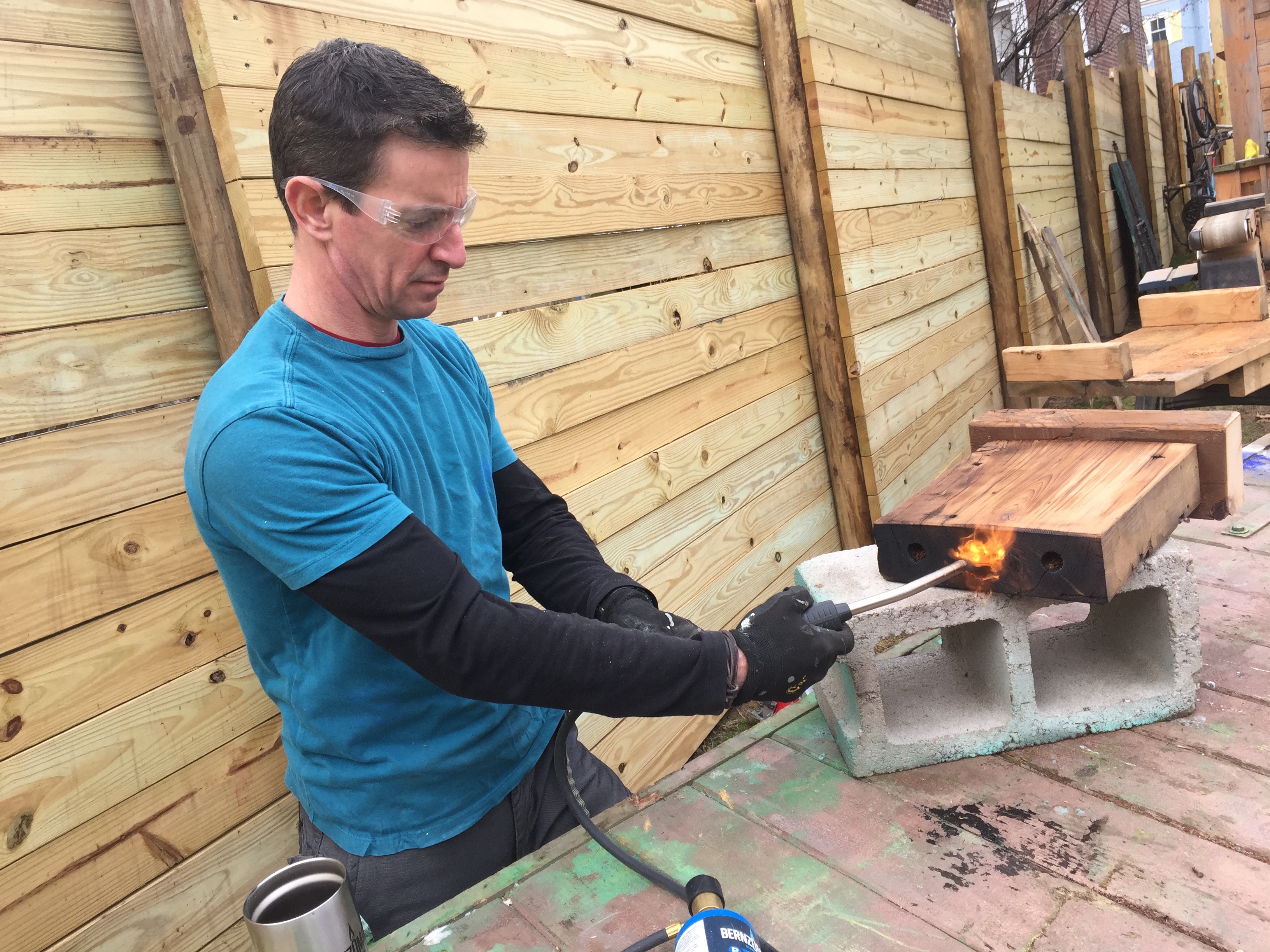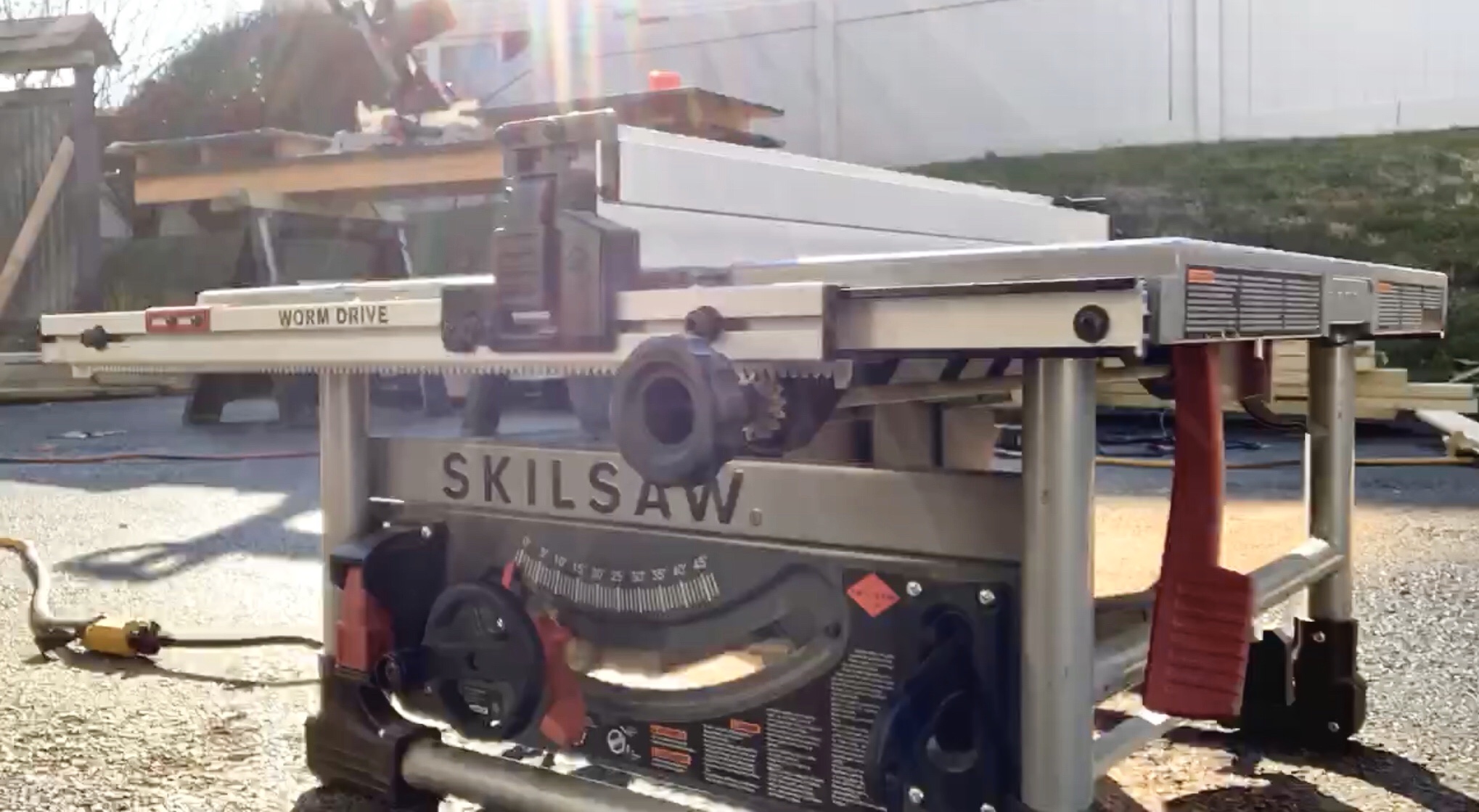
I love tool reviews and hope they help you buying your next pro-grade or DIY home improvement hole maker or board shortener or thing measurer. This one focuses on Skil’s new(-ish) sidewinder style circular saw.

My first circular saw was a sidewinder style unit. While my work style and preferences have evolved and I mainly use a worm drive saw for most carpentry, Skilsaw’s new unit showed plenty of promise so I gave it a workout.
Likes
The magnesium shoe (or plate or base…I’m talking about the bottom part that goes on the material being cut…tool reviews often require defining terms) is sensational. Nothing new to the world of circ saws, nevertheless it’s robust, light and well executed. I’m a dropper of saws (see video)—I cut quickly and the saw doesn’t pause much between the end of the cut and hitting the ground. I think the Skilsaw unit, model SPT 67 WM 22 , will last from decks to typical platform framing to general home improvement abuse (since this is what I did with it).
My tool reviews come from a professional perspective: I use tools like this to buy food, so deep-dive these for others who might share this perspective. As part of that deep dive I check things like lines of sight from either side of the blade on a tool like this. And they’re good on this puppy.
While I remain baffled that a left-bladed circ saw like the once-storied professional brand Porter-Cable used to make isn’t the mainstay of the market—Skilsaw says one is in the pipeline….thaaaaaank you soon-to-be Southpaw—I can lean over the right-bladed Skil and see the cut-line just fine. And from the left, through the blade housing, it’s easy to see the line or the blade guide on the shoe. In case anybody cares, I usually like to see the blade hit the line.
Tumbleweeds…I get it. Moving on.
The adjustments are nearly—if not totally—unchanged from my first circular saw. They’ve got a rubber overmold that’s better than bare steel and they work, so that’s cool. So is the on-board wrench.
The blade lock button is mercifully large and well-placed. Nice job.
The saw has plenty of power, hogging through everything I threw it at like OSB, plywood and 2-by.
The cord is awesomely long and pliable. Long is good for reach, of course, while pliable makes wrapping it around the saw saw body for storage and carrying easy—which I did in both cold and warm weather. It unwraps without kinks. Good stuff.
Dislikes
Almost no dust went into or through the dust chute. Cutting plywood and OSB with any saw is typically a face-speckling dust affair—more a reflection of the material than the tool—but it seemed particularly so with the Skilsaw. Cross-cutting or ripping dimensional lumber had the same results. Plenty of dust, but none directed through the hole in the side of the saw which I’m pretty sure isn’t there just for looks.
Even with a fresh blade and a positive attitude, I couldn’t encourage many pieces of dust into the chute. Instead it bounced around in the blade housing, all over the work, and was an unavoidable nuisance compared to other saws I’ve used.
Dust also compacted and coalesced on top of the right, front corner of the shoe. I’ve never seen that before. It could just be because it got wet at some point but it’s also where most of the dust exited the tool.
Is the dust issue a fatal flaw? Not really. The saw still works. It’s light, agile, tough and gets the job done.
I think it could work better. In fact, I own saws that work better, so that’s really not much of an opinion as much as an observation. The dust is a pain in the neck and given the option, for day-in-day-out use I found myself reaching for a different unit.
Like, perhaps, the new blade-left bad boy Skilsaw is talking about.

Look for more tool reviews here.






